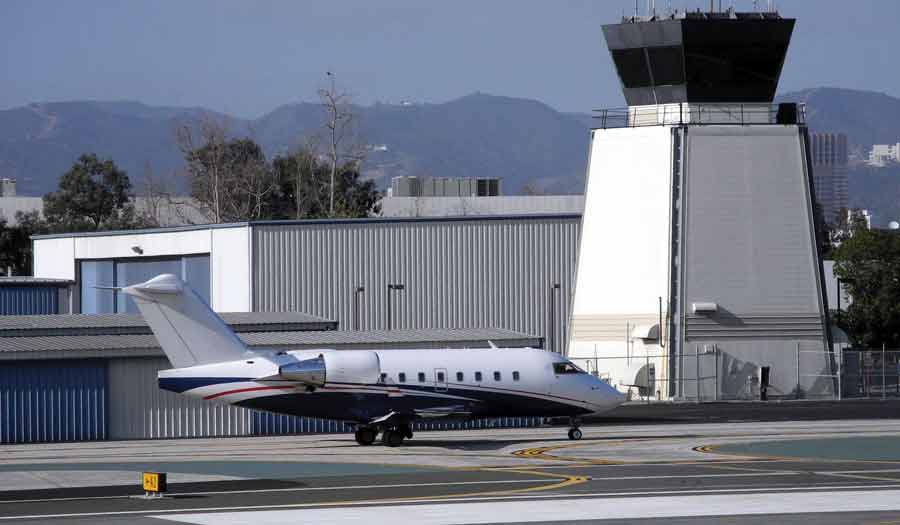
The NBAA once again challenged the FAA’s agreement with the city of Santa Monica to close Santa Monica Airport in 2028. Santa Monica Airport
With an eye in the mirror of history over the closing of Chicago’s Meigs Field 20 years ago without a hard enough fight, the National Business Aviation Association and five related stakeholders yesterday challenged the legality of the January agreement between the FAA and the City of Santa Monica allowing the city to first shorten SMO’s 4,973-foot runway to 3,500 feet and eventually close the airport entirely in 2028. This large group of stakeholders want the court to vacate the FAA’s agreement with the city.
NBAA has filed two previous petitions with the U.S. Court of Appeals for the District of Columbia Circuit since January challenging the agency’s authority to even create the agreement, “with no public input and with disregard for numerous mandatory statutory requirements,” the association said in a written statement.
NBAA's new brief again asks the court to decide whether the FAA possessed the authority to relieve the City of Santa Monica of past obligations incurred by accepting agency grant money for the airport. NBAA also said the FAA failed to consider the consequences of the January decision on local businesses and operators, as well as the effect the closing would have on SMO's role as a reliever airport to nearby LAX.
The FAA has in the past attempted to simply bluster its way through the Santa Monica closing. On May 4, 2017, the DC Circuit deferred the FAA's motion to dismiss the NBAA petition, referring the issues to a merits panel to consider the legality issue. At that time, the court also denied the NBAA's petition for a stay against the FAA and an injunction against the City of Santa Monica to prevent any runway destruction efforts. The NBAA responded to the court's decision the next day.
In yesterday’s request to the Circuit Court to vacate the SMO decision, the NBAA said the agency, “disregarded the statutory requirements for a study under the Airport Noise and Capacity Act (ANCA), Ignored the requirement to show that releasing SMO from its obligations would benefit aviation, neglected to document requirements rooted in the National Environmental Policy Act (NEPA), failed to provide the mandatory opportunity for public notice and comment and ignored other legal requirements.”
The other parties to yesterday’s filing include the Santa Monica Airport Association, two airport-based businesses, Bill's Air Center, Inc. and Kim Davidson Aviation, Inc. and Redgate Partners, LLC and Wonderful Citrus, LLC, two operators that frequently utilize SMO.

Sign-up for newsletters & special offers!
Get the latest FLYING stories & special offers delivered directly to your inbox






